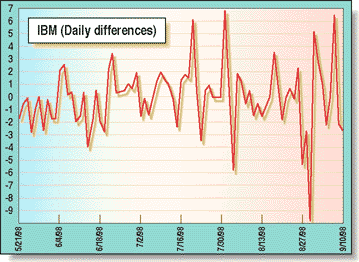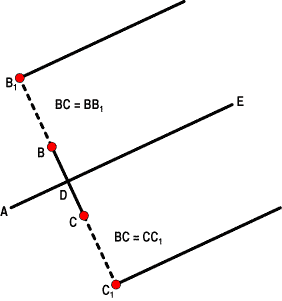Hackstips.Com/Roblox/ How To Get Money On Roblox Cheat
-
Hackstips.Com/Roblox/ How To Get Money On Roblox Cheat
[image: Alt/Text Gambar]
[image: ROBLOX - How To Get FREE Robux on Roblox (2018 WORKING!!) -]
[image...
6 years ago




